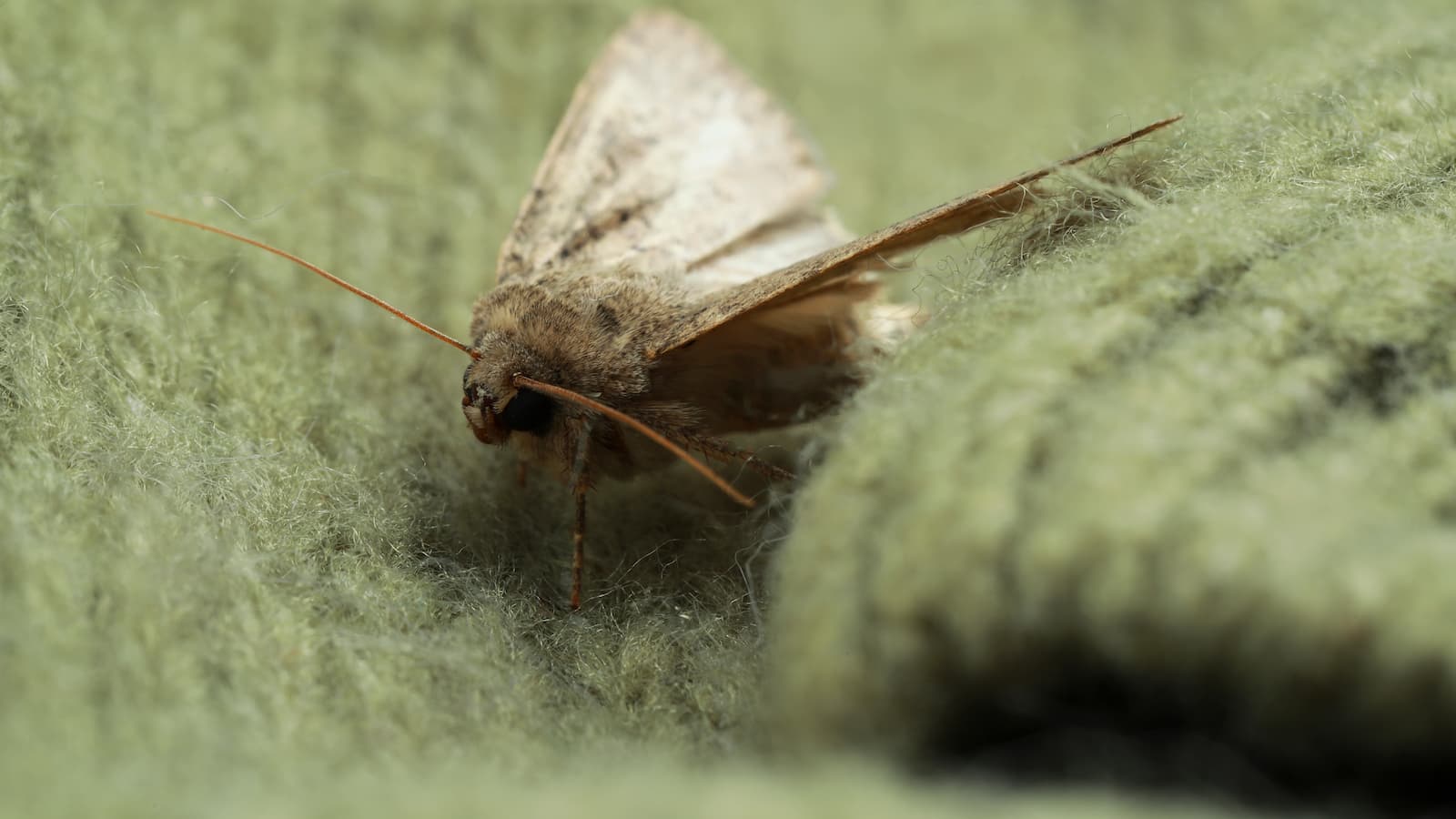Billionaire homeowner sues over claims sheep wool insulation caused moth infestation in £32.5m home
A moth infestation in a luxury home has sparked a high-profile court case over eco-friendly insulation

The Notting Hill home of Iya Patarkatsishvili, daughter of a Georgian billionaire, has become ground zero for a high-profile legal dispute.
Purchased for £32.5 million, the Victorian mansion is now allegedly overrun with moths due to wool insulation embedded in its walls and ceilings.
Patarkatsishvili and her husband, Dr Yevhen Hunyak, are suing the previous owner for £36 million, claiming damages to carpets, clothing, and furniture, as well as the need to strip and replace the insulation entirely.
Billionaire bug legal battle
The couple accuses seller William Woodward-Fisher, a former GB rowing champion turned property developer, of “fraudulent misrepresentation” for failing to disclose prior moth problems. The pre-sale questionnaire, they claim, omitted mention of infestations under the “vermin” category.
“Our home has been turned into a nightmare,” the couple stated in their legal filings, alleging moth-related damage to carpets, furniture, and even food supplies. Their children’s toothbrushes, they claim, were not spared.
They are seeking £9.6 million to remove and replace the sheep wool insulation, along with reimbursement for the purchase price and associated taxes.
Woodward-Fisher disputes the claims, asserting that he had no obligation to disclose the presence of moths in the house, and that repair costs would total a far more modest £162,652. His legal team argues that moths do not fall under the definition of vermin. “We tend to view that as four-legged furry things with long tails,” said one solicitor.
Get the Homebuilding & Renovating Newsletter
Bring your dream home to life with expert advice, how to guides and design inspiration. Sign up for our newsletter and get two free tickets to a Homebuilding & Renovating Show near you.
Moth surge linked to changing habits and rising temperatures
The Patarkatsishvili lawsuit highlights a broader issue: a surge in moth infestations. Organisations like English Heritage have reported a 216% increase in moths over recent years, and pest control companies have seen a sharp rise in calls.
Experts point to two culprits: rising global temperatures and the growing use of biodegradable materials and eco-friendly insulation in homes.
Peter Ward of Heritage House, a property surveying specialist, explains that wool insulation has become a "hot topic" due to its susceptibility to insect infestations. “Suppliers didn’t fully consider the risks when they began using untreated wool. The result is cases like this,” Ward notes.
That said, many branded eco insulation manufacturers now treat wool with chemicals like borax to deter bugs, although it is not clear if this was used in the Patarkatsishvili house.
Who bears responsibility for moth infestations?
As eco-insulation becomes more popular, legal and ethical questions arise around disclosure, accountability and even certification as to whether eco insulation types have been treated to prevent pests.
In the case of the Notting Hill mansion, Patarkatsishvili accuses the seller of fraudulent misrepresentation for failing to disclose a previous moth problem. Woodward-Fisher’s defense hinges on the definition of “vermin,” which doesn’t typically include moths.
Surveyors face limitations, too. They can flag visible signs of infestation but aren’t authorised to perform invasive inspections unless specifically instructed. Future consumer guides from institutions like RICS aim to clarify this.
Property consultant Tom Tangney advises cautious buyers to look for signs of moth damage and request warranties from sellers that insulation has been treated.

News Editor Joseph has previously written for Today’s Media and Chambers & Partners, focusing on news for conveyancers and industry professionals. Joseph has just started his own self build project, building his own home on his family’s farm with planning permission for a timber frame, three-bedroom house in a one-acre field. The foundation work has already begun and he hopes to have the home built in the next year. Prior to this he renovated his family's home as well as doing several DIY projects, including installing a shower, building sheds, and livestock fences and shelters for the farm’s animals. Outside of homebuilding, Joseph loves rugby and has written for Rugby World, the world’s largest rugby magazine.
